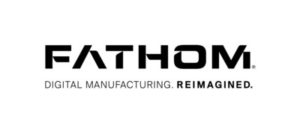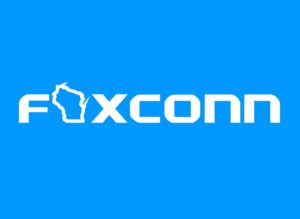Introduction to SPACs

Private companies today have the option to go public by merging with a SPAC, or Special Purpose Acquisition Corporation. This involves a group of investors who have a common acquisition in mind, but they do not reveal their target to avoid disclosures (hence why they are referred to as “blank check companies”), according to Investopedia.com.
Here’s how the process works. The private company merges with a SPAC, which has been raising capital through an IPO (initial public offering) for the purpose of acquiring this company. The SPAC then sells “units” of the private company for usually around $10 per share, which includes a share of a common stock and a fraction of a warrant. These shares can then be traded just like any other stock.
SPACs have experienced a recent rise in popularity due to supply and demand, the private equity market and SEC regulations, according to Excelsior Capital. First, the number of public companies has decreased over the recent years. Second, private equity-backed portfolios have grown and are looking for investment opportunities. Third, SEC regulations have improved the reputation of investing in SPACs.
Another reason why companies opt to pair with SPACs is the savings in fees, with a 2% underwriter fee and 3.5% fee at completion compared with 7% for a traditional IPO, according to CFO. The timeline of a SPAC also is shorter, usually 3-4 months vs. up to a year with a traditional IPO.
In 2020, SPAC IPOs in the United States raised almost twice as much as they raised in the previous 10 years combined (a total of $83.3 billion) and has continued to rise since, already at $96.7 billion in 2021, according to Statista.
SPAC Case Study in Wisconsin

Fathom, a 3-D printing company in Hartland, Wis., reached a $1.4 billion SPAC deal to go public in July of 2021. The company provides prototyping and digital manufacturing services using its advanced technology and is owned by the private equity firm Core Industrial Partners.
Fathom was expected to generate about $425 million in cash from its merger with SPAC Altimar Acquisition Corp. II, with $345 million coming from the SPAC and $80 million coming from a PIPE (private investment in public equity).
Who is Involved with SPACs in Wisconsin?

Former House Speaker Paul Ryan, a Wisconsin native, is starting a SPAC called Executive Network Partnering Corp., for which he will serve as chairman. Executive Network Partnering Corp. plans to raise $300 million in its IPO.
Foxconn, a global electronics manufacturing company, is planning to enter the electric vehicle market as a contract manufacturer. According to Zephyrnet, Foxconn will look to raise money and bring in partners through a SPAC.
RW Baird in Milwaukee served as the lead manager in Kensington Capital Acquisition Corp.’s SPAC IPO, which generated approximately $230 million.
Northshore Capital Partners IV, a SPAC based in Kohler, Wis., also has gone through a merger, according to Pitchbook.
